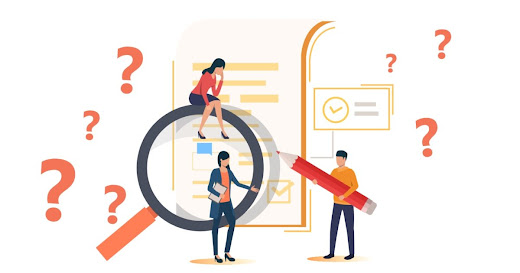How Does A Digital Signature Help In Validating A Document’s Authenticity
The evolvement of the digitization era has made lives simple, helpful, quick, and prompted. We are living in a delocalized world where customers are turning into digital customers requesting or availing services online anywhere and anytime. This digital era has contributed to the generation of digital documents and the need for Digital Signature authentication.
Before this era, the way of signing a document is to print it, sign it and scan it back to the computer for storage, which indeed is not only time-consuming but also leads to wastage of paper and other resources.
Digital signatures are more helpful in terms of usage, security, verification, and time-saver. Another benefit is that it is difficult to forge digital signatures, as this method uses cryptographic technology to link the identity of the signing user to the document compared to the traditional signatures, which are very easy to forge.
Meanwhile, To get the complete online document issuance and verification system, you may check our Tradetrust & OpenCerts based system.
We help you issue tamper-proof certificates. LET’S TALK!Definition Of Digital Signature
A digital signature is like a digital fingerprint. It’s a mathematical code that secures the code and ensures the authenticity of the document or the receiver of the message. It verifies the identity of the signing entity, proves the entity’s intention to sign the document, and that the signature is associated with the signed document through the signing entity.
The digital signature also indicates the intent of a person to accept the contents of a document. Any user who sent the document comprising the digital signature cannot deny having signed the document later as the digital signature is unique to the document and the signing authority.
Digital signatures can be used with any kind of document or message to make the receiver sure of the identity of the sender and that the message was received untouched i.e. without tampering with the data or the information.
How Does A Digital Signature Help To Authenticate The Document?
Digital signatures work on the Public key Infrastructure that protects the communication over a non-secure channel by using two different cryptographic keys – a Public key and a Private key. Cryptographic keys are special pieces of data for validating the authenticity and integrity of a digital document or a message.
The private key is used by the person creating the digital signature to encrypt or lock the data; the key is kept secret and protects the user’s information from theft or tampering. The public key on the other hand is used to decrypt or unlock the data and is made available to those who are supposed to be viewing the message. The keys are mathematically related pairs that work together; a message encrypted by the private key will only be decrypted using the public key from the same pair.
The authenticity and secrecy of the document are maintained over the fact that the private key of the signing party was not compromised or stolen by anyone unauthorized. If any unauthorized person may have the private key then there could be the possibility that the person could create fraudulent signatures in the name of the private key holder.
How to Create a Digital Signature
To start signing the digital documents, users just need to get a digital certificate from a Certifying Authority so that the receiver can verify the identity of the signing entity.
At the time of digitally signing a document the sender uploads the document in the software, once the document is uploaded a one-way cryptographic hash of the document is created which is encrypted with the private key of the sender. The document with the cryptographic hash is sent over the internet along with the public key.
The hash value is unique to the document that is hashed or encrypted and any changes in that document will lead to a changed hash value, this characteristic facilitates the validation of the data by the recipients.
Once received the recipient decrypts the hash with the sender’s public key and generates a cryptographic hash of the same document. Once decryption is done, the user compares or matches both the hash values and if values match then it is proved that the data has not been tampered with or stolen and is authentic.
The rise in data tampering incidents has caused a significant rise in the adoption and acceptance of digital signatures. Individuals and businesses have started adopting the method of digital signature and authentication due to its convenience, security, and time-saving capabilities.
It also helps in reducing the use of paper along with other expenses related to printer, copier, their maintenance, and the time people spend in managing that paperwork.
Nowadays digital signatures are used in various sectors like banking, healthcare, Real estate, etc. enabling the smooth and secure transfer of information.
With digital signature, people can now easily close contracts online via mobile or tablet without dependency on other users' set time.
So, if you are looking for a similar service then, have a look at our Tradetrust based document issuance & verification page here or directly Contact Us.


Comments